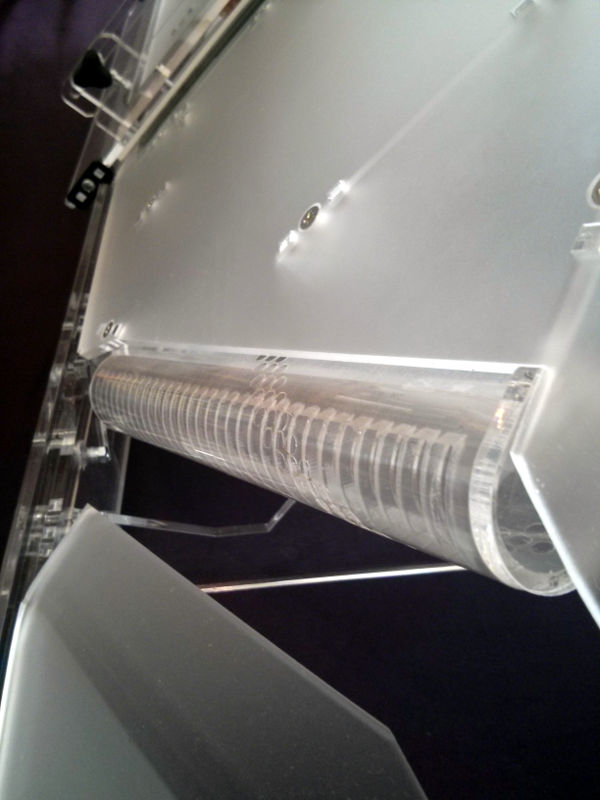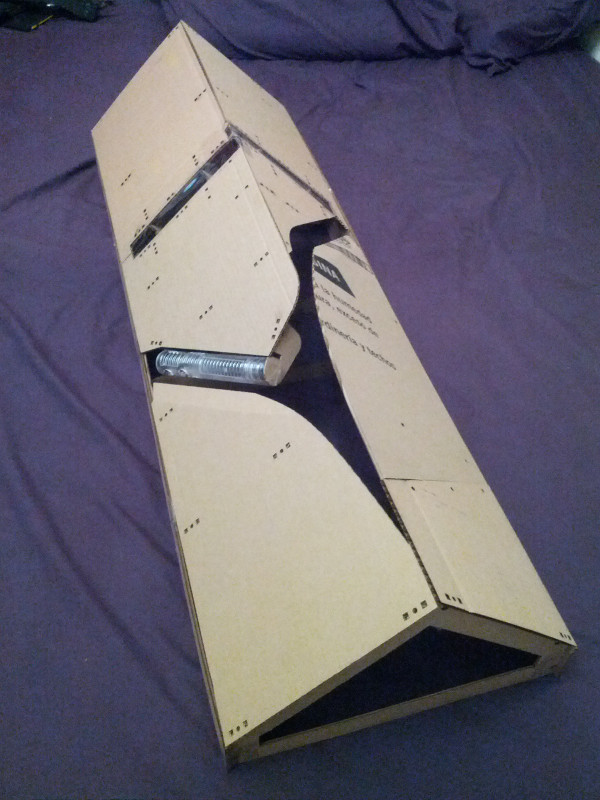Updates
June 13, 2015
Mäqädat at Maker Faire Hannover
May 25, 2015
Acrylic prototype
Here's the prototype I've been working on lately. More details to come, but I wanted to point out the vacuum adjustment inspired by the Michigan prototypes. There's a clear plastic film wrapped around two adjacent tubes (one not visible in the picture). The visible tube is slotted and connects to the vacuum, and the film has holes cut in it so that it can be rotated to change the position of the suction area.
May 21, 2015
Michigan Prototype 3
May 21, 2015
Another linear book scanner build
A video discovered by Hackaday April 23 shows another scanner build, this one using a server fan to provide suction. The photos show some great craftsmanship!
September 27, 2014
New videos from Gérard Tolboom
This is an impressive high-speed prototype designed by Gérard Tolboom, with firmware changes contributed by Matthieu Gros. Gérard made improvements to Prototype 1 last year and has now configured the same parts into a V-shaped channel for higher speed. He reduced the cycle time from 11 seconds to 4.5 seconds and demonstrates an incredible 1.63 seconds moving the book by hand.
August 26, 2014
A preview of a new design
July 15, 2014
July 6, 2014
At Maker Faire Hannover, a team in Germany presented an exciting new design for a linear book scanner, for use by Mekele University in Ethiopia. Their prototype is made of wood and uses the Coandă effect with blowing air rather than a vacuum to separate pages.











